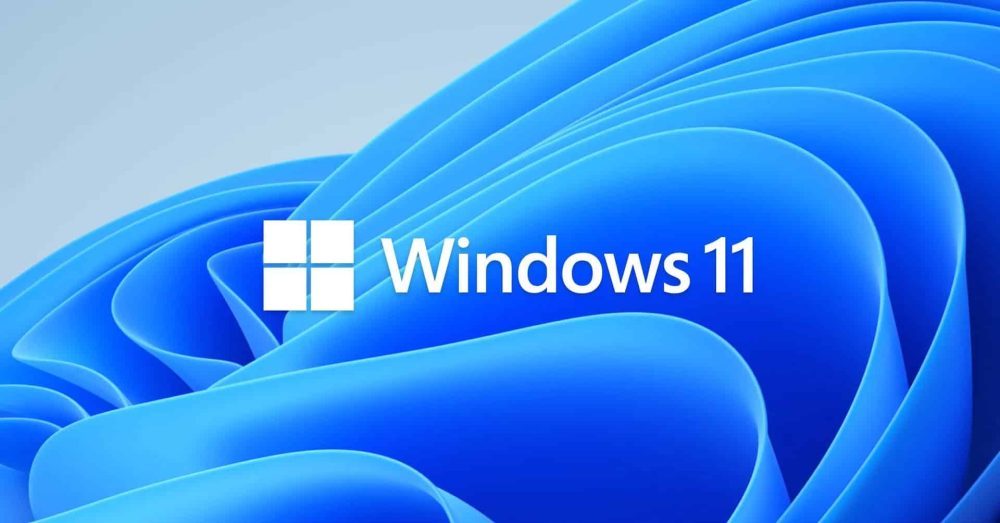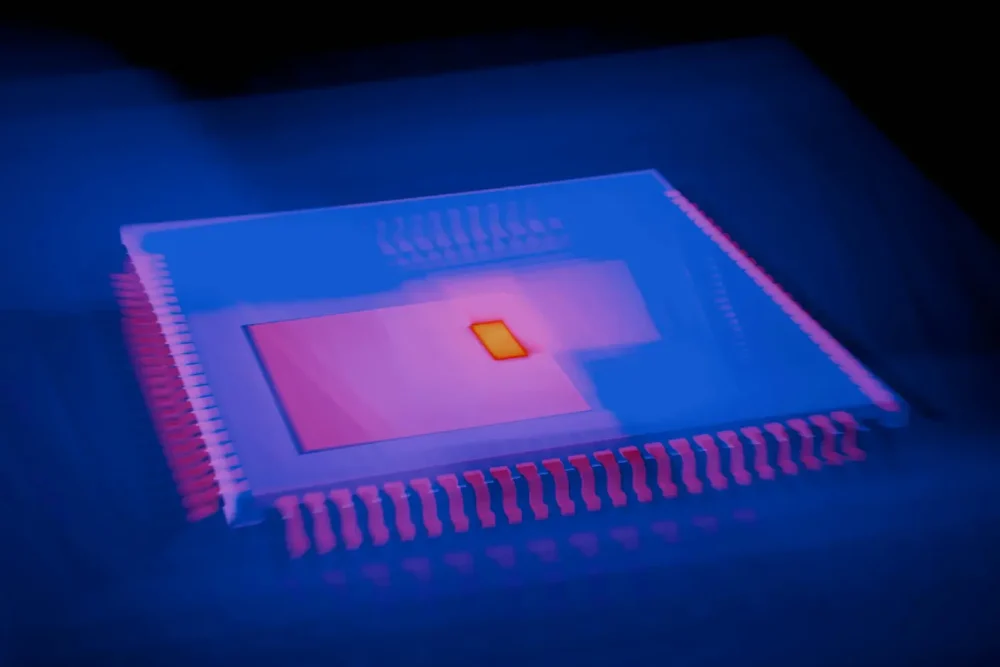The mystery behind Windows 11’s notorious August update, which seemingly “bricked” SSDs, may finally have an answer, and it doesn’t point to Microsoft or Phison’s hardware, but to something far stranger: unfinished firmware that never should have reached consumers.
The Bug That Spooked The PC Community
The Windows 11 24H2 KB5063878 update triggered a wave of user complaints last month. Reports ranged from NVMe SSDs abruptly vanishing from systems to outright data corruption during heavy transfers. Some users even claimed Windows would freeze or crash entirely.
But while social media was ablaze with horror stories, both Microsoft and SSD controller maker Phison insisted they couldn’t reproduce the issue, even after thousands of hours of stress testing.
A DIY Group Cracks The Case
The breakthrough came not from Redmond or a corporate lab, but from a Taiwanese PC building group on Facebook, PCDIY!. After running their own tests on several failing drives, including Corsair’s Force Series MP600 and Silicon Power’s US70, the group discovered that all the problematic SSDs were running “engineering preview firmware.”
That’s a pre-release version of the firmware, intended only for internal validation, not for end users. When Windows 11’s update hit, the unfinished firmware cracked under stress.
Phison engineers later confirmed PCDIY!’s findings in their own labs. In their words:
“Consumer-available SSDs with official firmware did not show failures or crashes.”
Why Did These Drives Ship With Pre-Release Software?
The strange twist is that everyday retail SSDs weren’t affected. Instead, most of the buggy drives appear to have been review units, particularly in Japan. Media outlets there received Corsair MP600 SSDs running the pre-release firmware during the launch of the AMD X570 chipset, and those same drives resurfaced during the Windows 11 update cycle.
That explains why Microsoft and Phison couldn’t replicate the issue: their tests were only on retail-ready drives, which already had finalized firmware.
What You Should Do
- If you bought your SSD from a normal retailer, you’re safe.
- If you’re running into similar crashes, check your firmware version and update it to the latest stable release. Always back up your data first.
- Performance slowdowns some users noticed weren’t a bug at all, but SSDs maxing out their SLC cache during large transfers. A Secure Erase can restore full speeds, whereas a simple Windows format won’t.
Bottom Line
The “Windows 11 bricking SSDs” scare was never really about Windows 11 at all. Instead, it was an unfortunate case of unfinished SSD firmware slipping into the wild, and a DIY Facebook group ended up solving a puzzle that two tech giants couldn’t.


